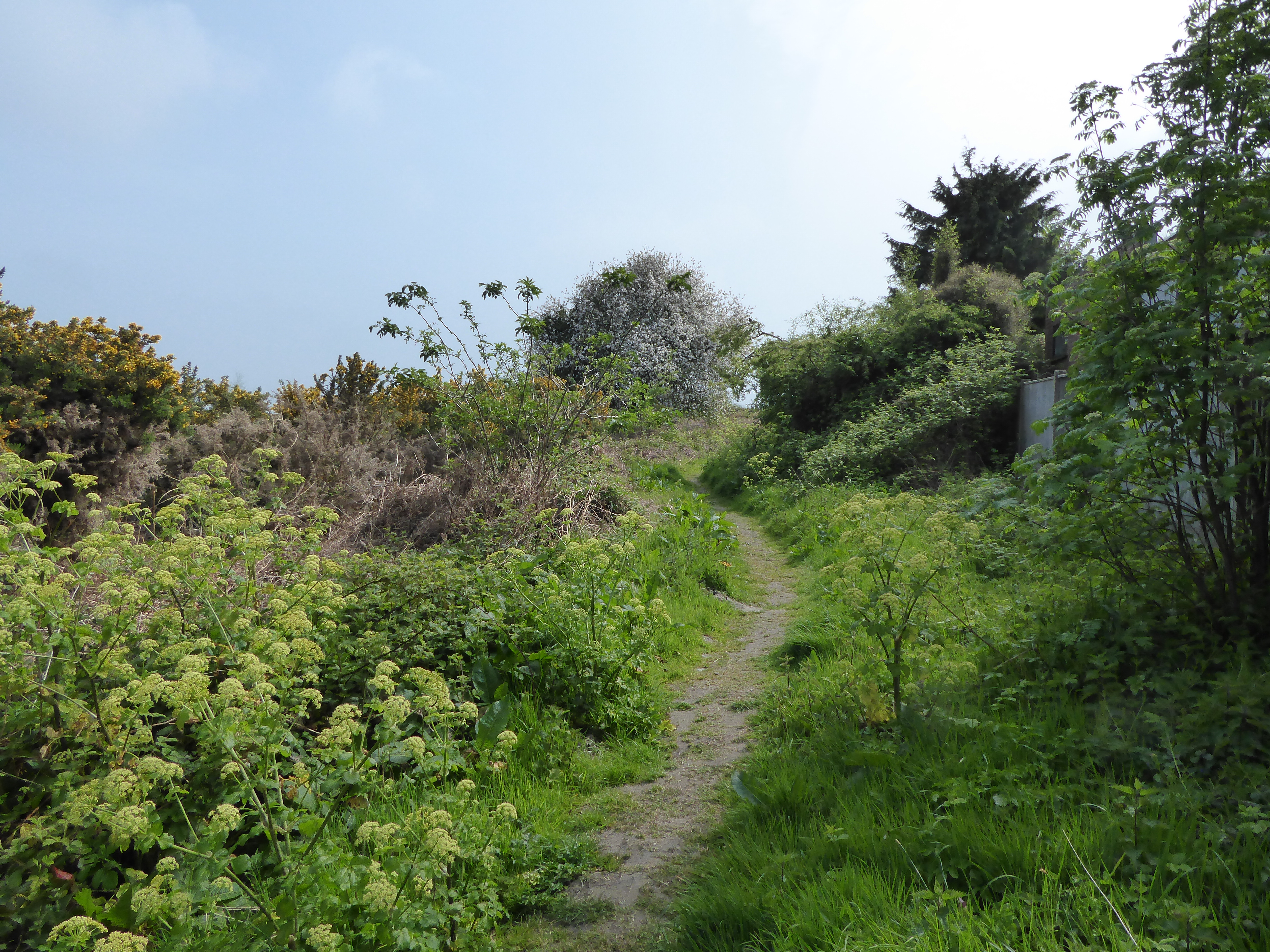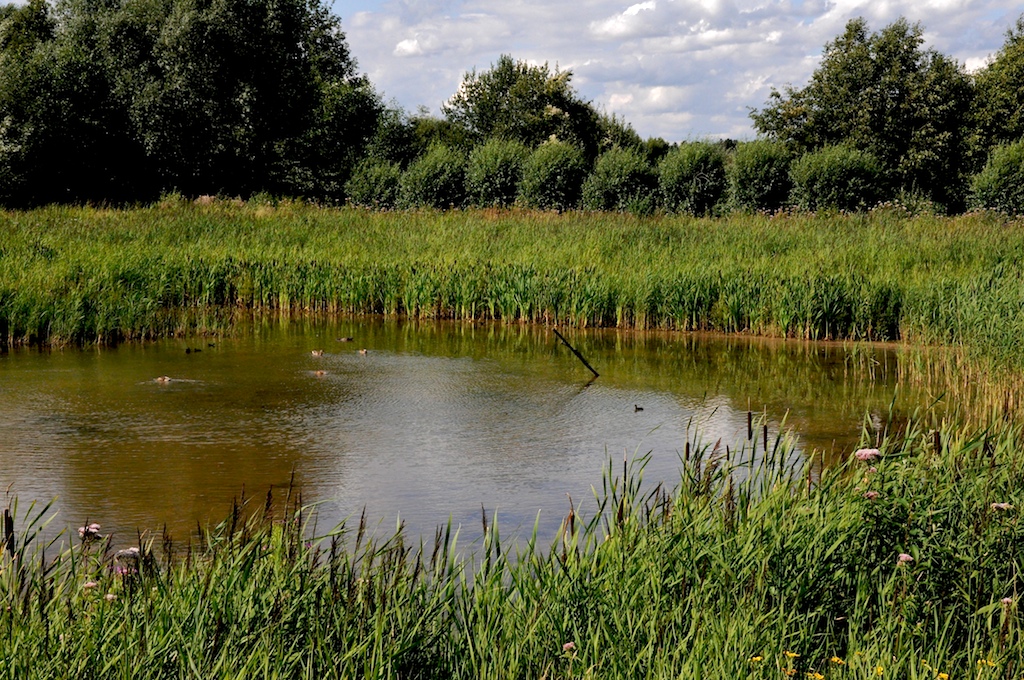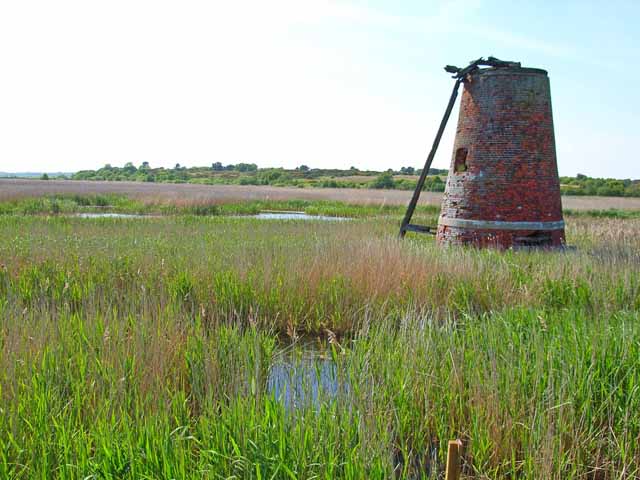|
National Nature Reserves In Suffolk
National nature reserves in Suffolk, England are established by Natural England and managed by them or by non-governmental organisations such as the Royal Society for the Protection of Birds, the National Trust or the Suffolk Wildlife Trust. List of reserves A list of national nature reserves in Suffolk: *Benacre NNR - in The Broads National Park * Bradfield Woods NNR *Cavenham Heath *Orfordness- Havergate NNR *Redgrave and Lopham Fen NNR (shared between Norfolk and Suffolk) * Thetford Heath NNR * Walberswick NNR * Westleton Heath NNR See also *List of Sites of Special Scientific Interest in Suffolk * List of Local Nature Reserves in Suffolk *Suffolk Wildlife Trust Suffolk Wildlife Trust (SWT) describes itself as the county's "nature charity – the only organisation dedicated wholly to safeguarding Suffolk's wildlife and countryside." It is a registered charity, and its headquarters is at Brooke House in ... References {{DEFAULTSORT:National Nature Reserves In Suffol ... [...More Info...] [...Related Items...] OR: [Wikipedia] [Google] [Baidu] |
England
England is a country that is part of the United Kingdom. It shares land borders with Wales to its west and Scotland to its north. The Irish Sea lies northwest and the Celtic Sea to the southwest. It is separated from continental Europe by the North Sea to the east and the English Channel to the south. The country covers five-eighths of the island of Great Britain, which lies in the North Atlantic, and includes over 100 smaller islands, such as the Isles of Scilly and the Isle of Wight. The area now called England was first inhabited by modern humans during the Upper Paleolithic period, but takes its name from the Angles, a Germanic tribe deriving its name from the Anglia peninsula, who settled during the 5th and 6th centuries. England became a unified state in the 10th century and has had a significant cultural and legal impact on the wider world since the Age of Discovery, which began during the 15th century. The English language, the Anglican Church, and Engli ... [...More Info...] [...Related Items...] OR: [Wikipedia] [Google] [Baidu] |
Havergate Island
Havergate Island is the only island in the county of Suffolk, England. It is found at the confluence of the River Ore and the Butley River near the village of Orford. It is a marshy nature reserve run by the Royal Society for the Protection of Birds (RSPB) and is known for its population of pied avocets and terns. It is part of the ecologically important Alde-Ore Estuary and has protected conservation status as part of a national nature reserve, SSSI, SAC, SPA, Ramsar Site and is also a part of the Suffolk Coast and Heaths AONB. The island, which is long and across at its widest point and covers , lies in the Alder and Ore estuary and is protected from the North Sea by the shingle spit of Orford Ness. It is bounded by the river channels known locally as ''The Gull'', ''Lower Gull'' and ''The Narrows''. Ecology Havergate Island comprises six salt water lagoons covering 60 hectares, surrounded by earthen banks. There are also 40 hectares of salt marsh and four hecta ... [...More Info...] [...Related Items...] OR: [Wikipedia] [Google] [Baidu] |
List Of Local Nature Reserves In Suffolk
Suffolk is a county in East Anglia. It is bounded by Norfolk to the north, Cambridgeshire to the west and Essex to the south. With an area of , it is the eighth largest county in England, and in mid-2016 the population was 745,000. At the top level of local government is Suffolk County Council, and below it are five borough and district councils: Ipswich, East Suffolk, Mid Suffolk, Babergh and West Suffolk. Much of the coast consists of the estuaries of the Orwell, Stour, Alde, Deben and Blyth rivers, with large areas of wetlands and marshes. Local nature reserves (LNRs) are designated by local authorities under the National Parks and Access to the Countryside Act 1949. The local authority must have a legal control over the site, by owning or leasing it or having an agreement with the owner. LNRs are sites which have a special local interest either biologically or geologically, and local authorities have a duty to care for them. They can apply local bye-laws to manage ... [...More Info...] [...Related Items...] OR: [Wikipedia] [Google] [Baidu] |
List Of Sites Of Special Scientific Interest In Suffolk
Suffolk is a county in East Anglia. It is bounded by Norfolk to the north, Cambridgeshire to the west, Essex to the south and the North Sea to the east. With an area of , it is the eighth largest county in England, and in mid-2016 the population was 745,000. At the top level of local government is Suffolk County Council, and below it are 5 borough and district councils: Babergh, Ipswich, Mid Suffolk, West Suffolk and East Suffolk. Much of the coast consists of the estuaries of the Orwell, Stour, Alde, Deben and Blyth rivers, with large areas of wetlands and marshes. Agriculture and shipping play a major role in the county's economy. In England, Sites of Special Scientific Interest (SSSIs) are designated by Natural England, a non-departmental public body which is responsible for protecting England's natural environment. Designation as an SSSI gives legal protection to the most important wildlife and geological sites. As of October 2017 there are 142 SSSIs in Suffolk, of w ... [...More Info...] [...Related Items...] OR: [Wikipedia] [Google] [Baidu] |
Westleton Heath NNR
Westleton is a village and civil parish in the English county of Suffolk. It is located north of Leiston and north-east of Saxmundham near the North Sea coast. The village is on the edge of the Suffolk Sandlings, an area of lowland heathland. The village lies along the B1125 road, to the east of the A12 and Darsham railway station. Westleton Heath National Nature Reserve is north east of the village. The heath is crossed by a minor road from Westleton to the coastal village of Dunwich, to the east. The famous Minsmere RSPB reserve lies immediately to the east of the village. The fourteenth-century village church of St Peter in Westleton was built by monks from Sibton Abbey near Saxmundham. The church has twice seen the collapse of its tower: in 1776 under the strain of hurricane winds; and during World War II, when the smaller wooden replacement had to be demolished following bomb damage. It is a grade II* listed building. Westleton retains some other basic servic ... [...More Info...] [...Related Items...] OR: [Wikipedia] [Google] [Baidu] |
Walberswick NNR
Suffolk Coast National Nature Reserve is a wildlife reserve on the North Sea coast of the English county of Suffolk. It is located around the village of Walberswick to the south of the town of Southwold. The reserve was designated in 2003, combining the existing Walberswick National Nature Reserve with reserves at Dingle Marshes and Hen Reedbeds to create a reserve.Suffolk Coast NNR ''Natural England''. Retrieved 2012-10-31.National nature reserve to be unveiled ''East Anglian Daily Times'', 2003-06-11. Retrieved 2012-10-31. The reserve is managed by [...More Info...] [...Related Items...] OR: [Wikipedia] [Google] [Baidu] |
Thetford Heath NNR
Thetford is a market town and civil parish in the Breckland District of Norfolk, England. It is on the A11 road between Norwich and London, just east of Thetford Forest. The civil parish, covering an area of , in 2015 had a population of 24,340./ There has been a settlement at Thetford since the Iron Age, and parts of the town predate the Norman Conquest; Thetford Castle was established shortly thereafter. Roger Bigod founded the Cluniac Priory of St Mary in 1104, which became the largest and most important religious institution in Thetford. The town was badly hit by the Dissolution of the Monasteries, including the castle's destruction, but was rebuilt in 1574 when Elizabeth I established a town charter. After World War II, Thetford became an "overspill town", taking people from London, as a result of which its population increased substantially. Thetford railway station is served by the Breckland line and is one of the best surviving pieces of 19th-century railw ... [...More Info...] [...Related Items...] OR: [Wikipedia] [Google] [Baidu] |
Suffolk
Suffolk () is a ceremonial county of England in East Anglia. It borders Norfolk to the north, Cambridgeshire to the west and Essex to the south; the North Sea lies to the east. The county town is Ipswich; other important towns include Lowestoft, Bury St Edmunds, Newmarket, and Felixstowe which has one of the largest container ports in Europe. The county is low-lying but can be quite hilly, especially towards the west. It is also known for its extensive farming and has largely arable land with the wetlands of the Broads in the north. The Suffolk Coast & Heaths and Dedham Vale are both nationally designated Areas of Outstanding Natural Beauty. History Administration The Anglo-Saxon settlement of Suffolk, and East Anglia generally, occurred on a large scale, possibly following a period of depopulation by the previous inhabitants, the Romanised descendants of the Iceni. By the fifth century, they had established control of the region. The Anglo-Saxon inhabitants later b ... [...More Info...] [...Related Items...] OR: [Wikipedia] [Google] [Baidu] |
Norfolk, England
Norfolk () is a ceremonial and non-metropolitan county in East Anglia in England. It borders Lincolnshire to the north-west, Cambridgeshire to the west and south-west, and Suffolk to the south. Its northern and eastern boundaries are the North Sea, with The Wash to the north-west. The county town is the city of Norwich. With an area of and a population of 859,400, Norfolk is a largely rural county with a population density of 401 per square mile (155 per km2). Of the county's population, 40% live in four major built up areas: Norwich (213,000), Great Yarmouth (63,000), King's Lynn (46,000) and Thetford (25,000). The Broads is a network of rivers and lakes in the east of the county, extending south into Suffolk. The area is protected by the Broads Authority and has similar status to a national park. History The area that was to become Norfolk was settled in pre-Roman times, (there were Palaeolithic settlers as early as 950,000 years ago) with camps along the higher land in th ... [...More Info...] [...Related Items...] OR: [Wikipedia] [Google] [Baidu] |
Redgrave And Lopham Fen
Redgrave and Lopham Fens is a 127 hectare biological Site of Special Scientific Interest between Thelnetham in Suffolk and Diss in Norfolk. It is a national nature reserve, a Ramsar internationally important wetland site, a Nature Conservation Review site, Grade I, and part of the Waveney and Little Ouse Valley Fens Special Area of Conservation. It is managed by the Suffolk Wildlife Trust. It is the largest remaining area of river valley fen in England and consists of a number of different fen types, including saw-sedge beds, as well as having areas of open water, heathland, scrub and woodland. It is also one of only three sites in the UK where the fen raft spider (''Dolomedes plantarius'') is known to be found. Ecology The habitats present at Redgrave and Lopham are characteristic of areas of valley mire. This ecosystem creates a zonation of vegetation types, producing a diverse range of habitat. Dry marginal woodland becomes fen grassland, dominated by purple moor-grass, w ... [...More Info...] [...Related Items...] OR: [Wikipedia] [Google] [Baidu] |
Orfordness
Orford Ness is a cuspate foreland shingle spit on the Suffolk coast in Great Britain, linked to the mainland at Aldeburgh and stretching along the coast to Orford and down to North Weir Point, opposite Shingle Street. It is divided from the mainland by the River Alde, and was formed by longshore drift along the coast. The material of the spit comes from places further north, such as Dunwich. Near the middle point of its length, at the foreland point or 'Ness', once stood Orfordness Lighthouse, demolished in summer 2020 owing to the encroaching sea. In the name of the lighthouse (and the radio transmitting station – see below), 'Orfordness' is written as one word. Description Orford Ness is an internationally important site for nature conservation. It contains a significant portion of the European reserve of vegetated shingle habitat, which is internationally scarce, highly fragile, and very easily damaged. Together with Havergate Island the site is a designated National Nat ... [...More Info...] [...Related Items...] OR: [Wikipedia] [Google] [Baidu] |
Natural England
Natural England is a non-departmental public body in the United Kingdom sponsored by the Department for Environment, Food and Rural Affairs. It is responsible for ensuring that England's natural environment, including its land, flora and fauna, freshwater and marine environments, geology and soils, are protected and improved. It also has a responsibility to help people enjoy, understand and access the natural environment. Natural England focuses its activities and resources on four strategic outcomes: * a healthy natural environment * enjoyment of the natural environment * sustainable use of the natural environment * a secure environmental future Roles and responsibilities As a non-departmental public body (NDPB), Natural England is independent of government. However, the Secretary of State for Environment, Food & Rural Affairs has the legal power to issue guidance to Natural England on various matters, a constraint that was not placed on its predecessor NDPBs. Its powers inc ... [...More Info...] [...Related Items...] OR: [Wikipedia] [Google] [Baidu] |







